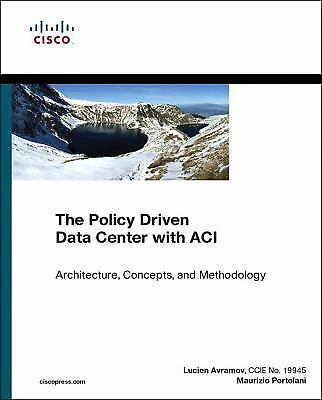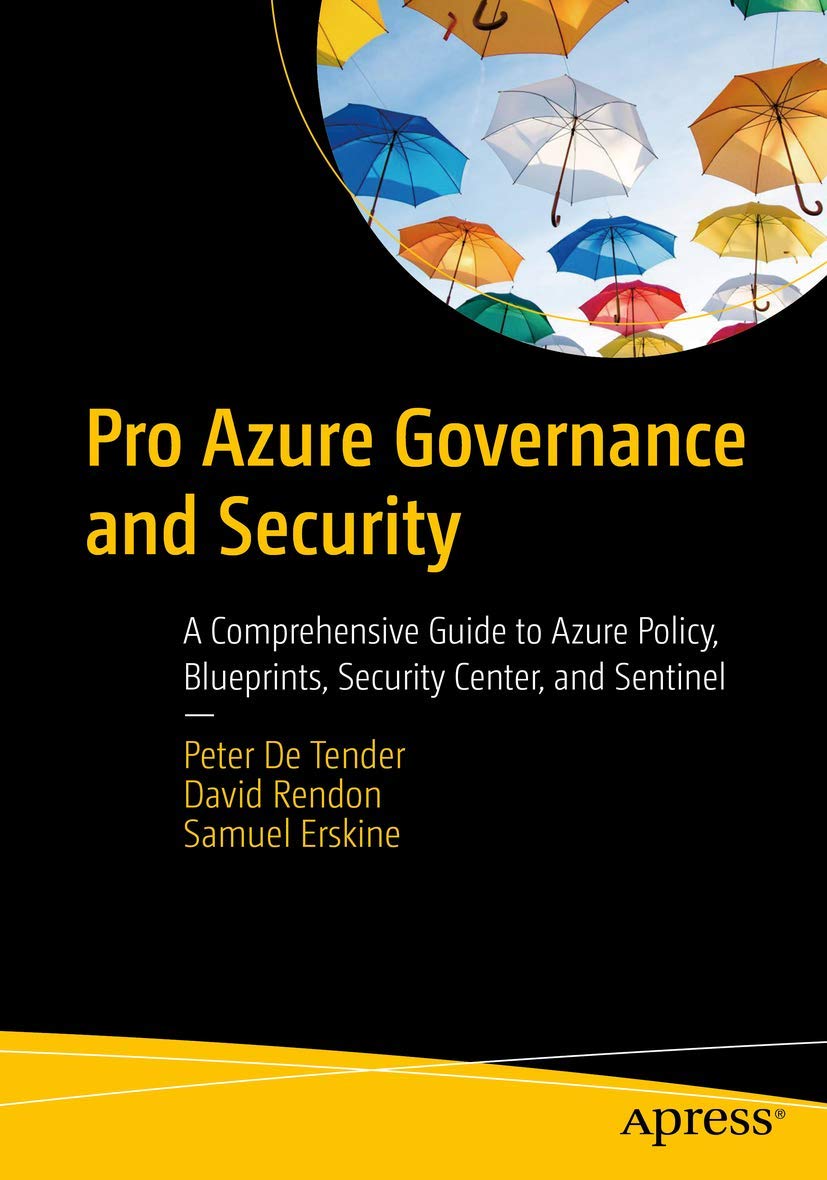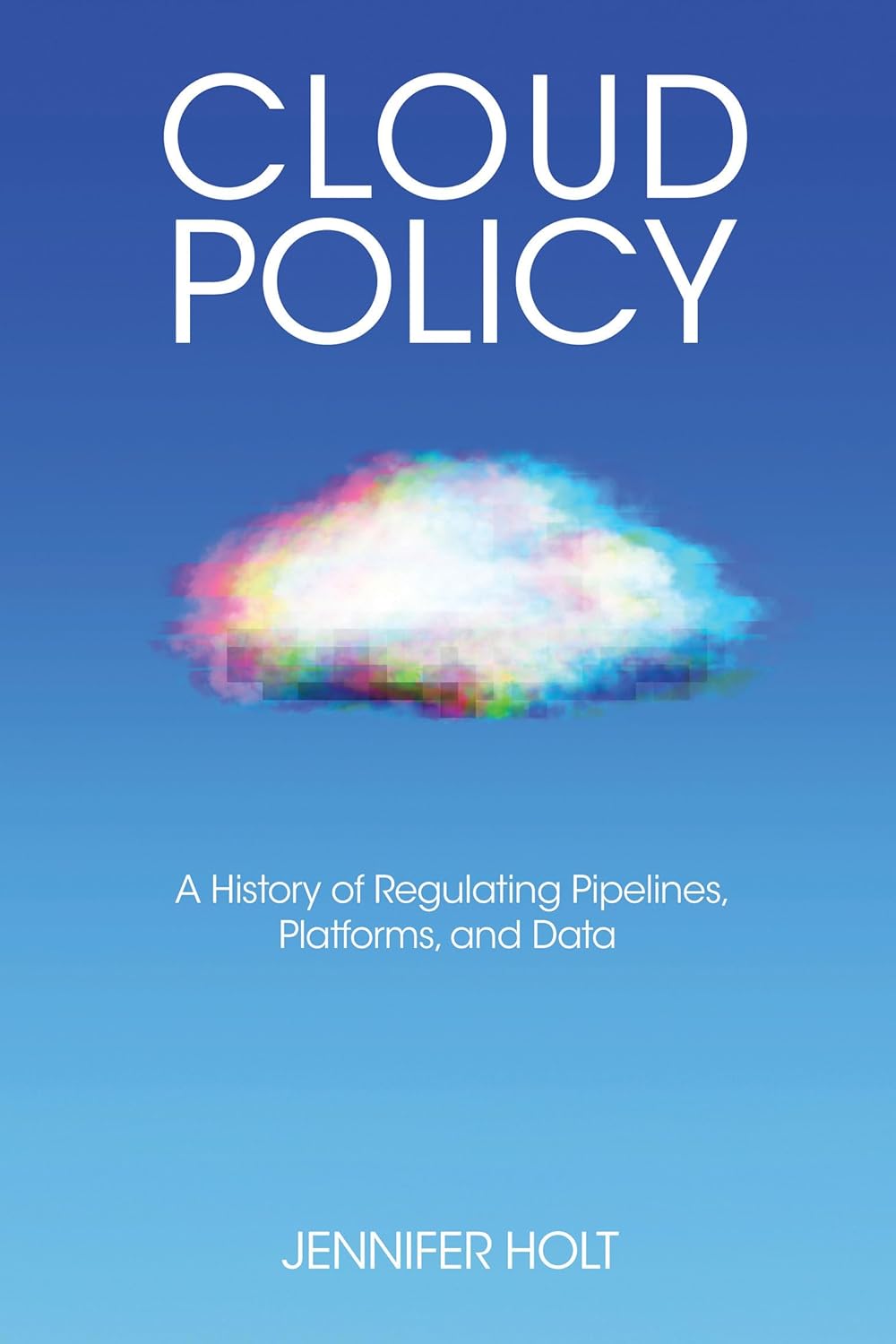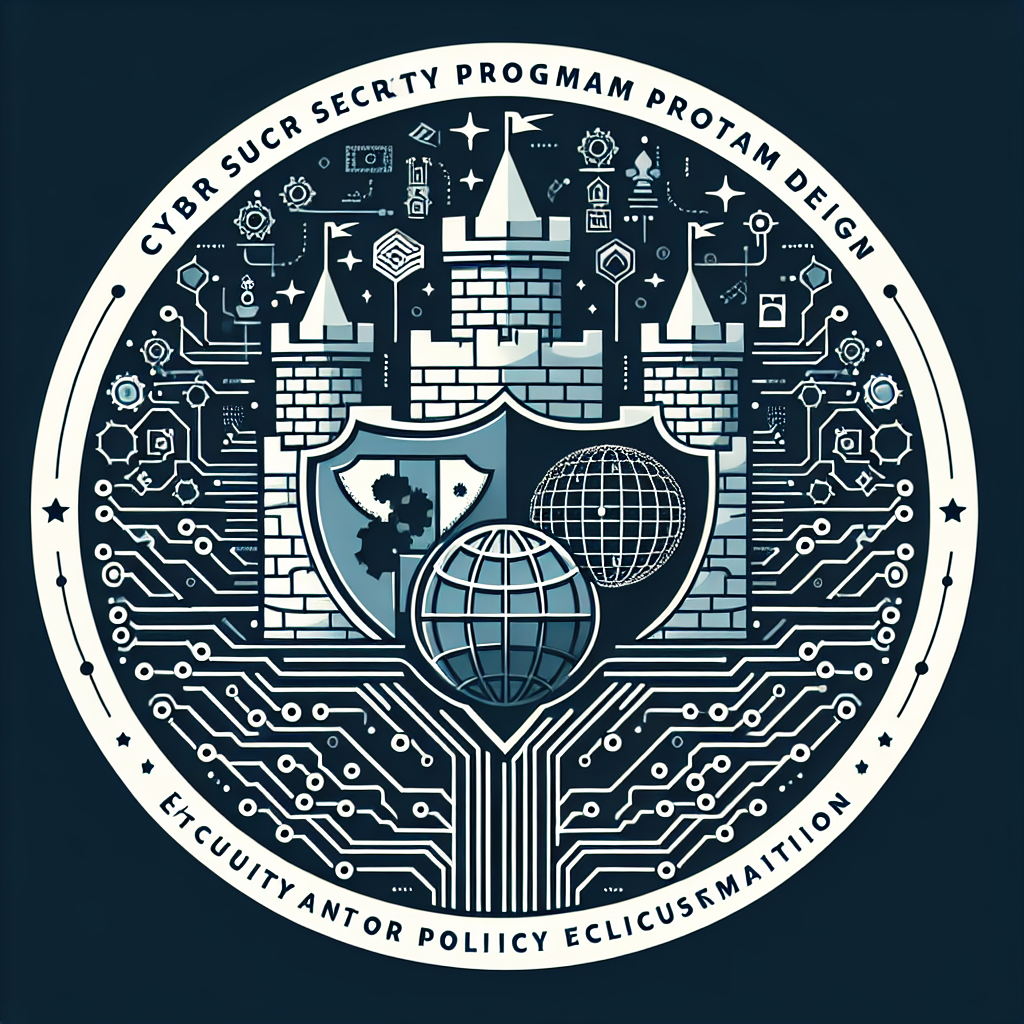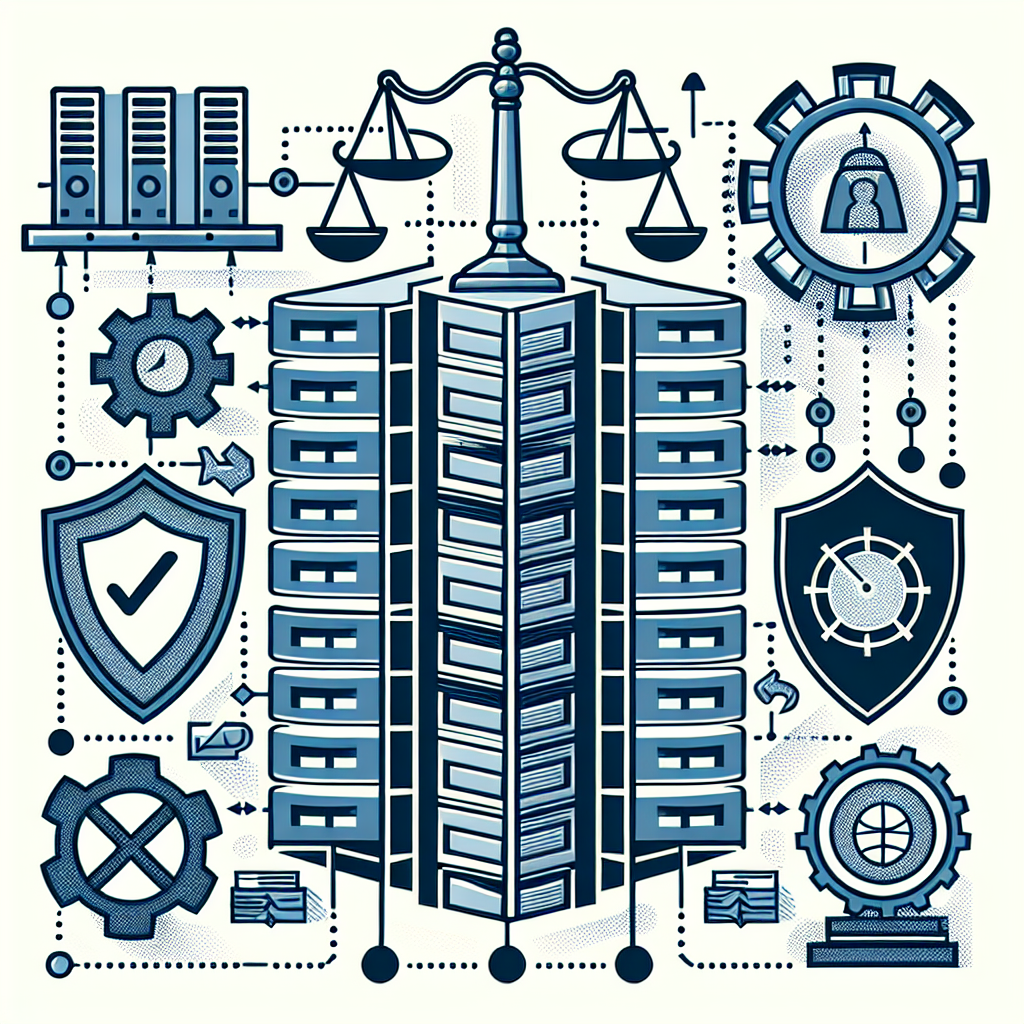In today’s digital age, data is at the core of every business operation. From customer information to financial records, data is essential for day-to-day operations and decision-making. However, with the increasing volume of data being generated and stored, the risk of data loss or corruption is also on the rise. This is where a comprehensive data center backup and recovery policy comes into play.
Data center backup and recovery is the process of creating duplicate copies of data to ensure its availability in case of accidental deletion, hardware failure, cyber-attacks, or natural disasters. A robust backup and recovery policy not only helps in recovering lost data but also minimizes downtime, ensuring business continuity.
Here are some tips for creating a comprehensive backup policy for your data center:
1. Identify critical data: Start by identifying the most critical data that needs to be backed up regularly. This may include customer information, financial records, intellectual property, and any other data that is essential for your business operations.
2. Define backup frequency: Determine how often data needs to be backed up based on its criticality and update frequency. For instance, customer data may need to be backed up daily, while less critical data can be backed up weekly or monthly.
3. Choose the right backup solution: There are various backup solutions available in the market, including on-premises backup, cloud backup, and hybrid backup. Evaluate your budget, data volume, and recovery time objectives to choose the right solution for your business.
4. Implement a multi-tiered backup strategy: A multi-tiered backup strategy involves creating multiple copies of data in different storage locations to minimize the risk of data loss. This may include onsite backups, offsite backups, and cloud backups.
5. Test your backups regularly: Regularly test your backups to ensure that they are working as expected and can be restored in case of a data loss event. This will help in identifying any issues with the backup process and rectifying them before they become critical.
6. Document your backup policy: Document your backup and recovery policy to ensure that all stakeholders are aware of the procedures and responsibilities. This will help in streamlining the backup process and ensuring compliance with data protection regulations.
7. Monitor and update your backup policy: Regularly monitor the effectiveness of your backup policy and update it as needed to adapt to changing business requirements and technology advancements. This will help in ensuring the continuity of your data center operations.
In conclusion, creating a comprehensive backup and recovery policy is essential for safeguarding your business data and ensuring business continuity in the event of a data loss event. By following these tips, you can create a robust backup policy that meets your data protection needs and minimizes the risk of data loss.

